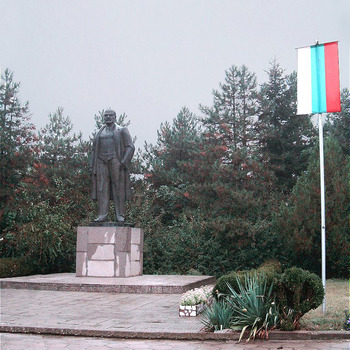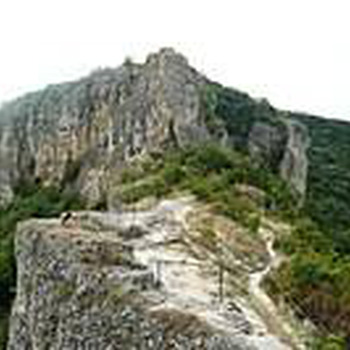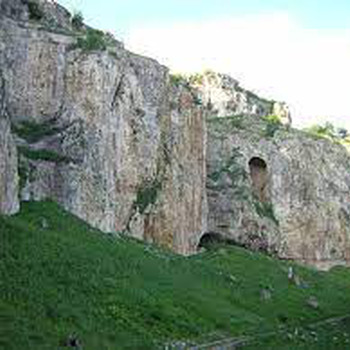Catholic Church of St. Paul of the Cross, city of Ruse
Overview
St. Paul of the Cross is a Roman Catholic church in the city of Ruse, Bulgaria, a cathedral of the Diocese of Nikopol. The temple is dedicated to the founder of the Passionist Fathers - St. Paul of the Cross. The first stone of the church was laid in 1890. Despite the efforts of the then Bishop Hipolito Agosto, the funds raised (mainly from abroad) were only enough to raise the walls of the temple 1 meter above the ground. At that moment, the bishop met a priest named Henri Dulce, a Passionist, a Frenchman from a rich and noble family, who also had many rich friends. With their help in 1892, the temple was completed, the style being neo-Gothic with a 31-meter bell tower. The project is by the Italian architect Valentino Dell Antonio from Moena (he also designed the Catholic Church in Varna). This church was consecrated and began to function. Mons. Hipolito Agosto died in Belene on December 4, 1893, and Father Henri Dulce became the new bishop of the Diocese of Nikopol. Two bishops are buried under the floor of the central nave: Ippolito Agosto and Damian Teelen. On September 19, 2020, Bishop Petko Hristov was buried in a special chapel in the cathedral. The temple is decorated in the style of the Bible for the laity. During Msgr. Henri Dulce, the Catholic Cathedral in Ruse is decorated with beautiful wood carvings on the altars and the necessary Gothic-style furniture, which was delivered from Bohemia. The beautiful art stained glass windows were made by master artist Sandor from Budapest, Hungary. The paintings have a French hue - the christening of the French king - Charlemagne. The stained glass windows depict: the French heroine St. Jeanne d'Arc, scenes from the life of Christ, images of the apostles Peter and Paul, St. Anthony of Padua, St. Gabriel of the Sorrowful Mother, St. Elizabeth of Hungary, St. Stephen of Hungary, the founder of the Congregation of the Passionist Fathers - St. Paul of the Cross, as well as the holy brothers Cyril and Methodius, the educators of the Slavic peoples. The church is a rare example of Gothic architecture (brick Neo-Gothic) in Bulgaria. In the cathedral is the oldest preserved organ in Bulgaria, installed here in 1908 for 10 days by Matecki equipment. The instrument was purchased in 1907 at a price of 6,675 German marks. The organ belongs to the German organ-building Voit, Karlsruhe, and is one of the few survivors of World War II. It has a romantic sound and is the only one with a pneumatic treatment in Southeast Europe. The body has two manuals (keyboards for hands) with a tonal volume of 54 tons (from C to f3), pedals (keyboard for feet) with 27 tones (from C to d1), 13 registers and 8 additional functions, to them - tremulant, superoctave, copula (II / I, I / P, II / P), etc. The required amount and pressure of air for the organ is produced by foot-operated bellows - a system that is now replaced by an electric blower. The instrument consists of 771 tubes. There is a roller (system for gradual inclusion of registers), and to the second manual there is a channel. The prospectus of the organ is built in Gothic style in sync with the layout of the cathedral. The first concert at the Catholic Church in Ruse took place in the presence of Ruse citizens in July 1908 by organist Emanuel Paul of Bucharest. In 1977, during the Vrancea earthquake, the instrument was severely damaged, and after 1992 it was completely out of order. It was restored in 2004 by Gerhard Valkel-Meyer. Since 1952 the organist of the cathedral is Mitko Karadjov.
Recommended
- Ecomuseum with an aquarium
- Panoramic site Leventa
- Sexaginta Prista Fortress
- Pantheon of the Revivalists
- The Viennese house
- Prince's residence
- King's stone
- Quay
- Regional historical museum;
- Monument of freedom


 Bulgarian
Bulgarian Romanian
Romanian




